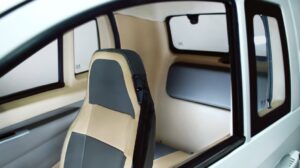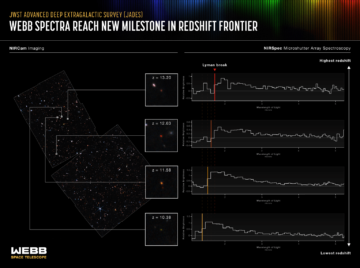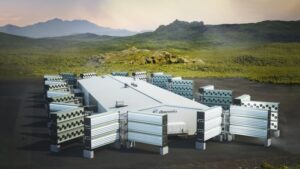
ROBOTICS
Google’s New Robot Learned to Take Orders by Scraping the Web
Will Knight | Wired
“The most impressive thing about [the] demonstration, held in Google’s robotics lab in Mountain View, California, was that no human coder had programmed the robot to understand what to do in response to Xia’s command. Its control software had learned how to translate a spoken phrase into a sequence of physical actions using millions of pages of text scraped from the web.”
FUTURE
The Future Could Be Blissful—If Humans Don’t Go Extinct First
Matt Reynolds | Wired
“In a new book called What We Owe the Future, the philosopher William MacAskill argues that…we in the 21st century are uniquely positioned to shape the long-term future for better or for worse. If we can avoid extinction and figure out a more morally harmonious way to live, then a blissful future awaits the trillions of humans poised to exist in centuries to come. But to get there we have to take the philosophical leap that we should care strongly about the lives and welfare of future humans.”
BLOCKCHAIN
Ethereum’s ‘Merge’ Is About to Put Every Ether Miner Out of Work
Tim Lee | Ars Technica
“Next month’s switch to a new method called ‘proof-of-stake’ is expected to cut Ethereum’s energy consumption by a factor of 1,000. …But the switch to proof-of-stake is much more than just an energy-saving measure—it’s a major overhaul of the Ethereum network. Ethereum founder Vitalik Buterin believes the Merge will lay the foundation for a series of future upgrades that will allow the network to handle a much larger volume of transactions in the coming years.”
COMPUTING
This Man Set the Record for Wearing a Brain-Computer Interface
Emily Mullin | Wired
“Nathan Copeland considers himself a cyborg. The 36-year-old has lived with a brain-computer interface for more than seven years and three months. As of today—August 17—that’s the longest anyone has had an implant like this. …That Copeland’s implant is still working—and hasn’t caused any major side effects or complications—is promising for the field. It’s a sign that the devices, which have been in development since the 1960s but are still experimental, are moving closer to commercial reality for patients with severe disabilities.”
LONGEVITY
Epigenetic ‘Clocks’ Predict Animals’ True Biological Age
Ingrid Wickelgren | Quanta
“But those were merely steps toward the completion of Horvath’s ambitious moonshot of a project: a universal clock that could measure the biological age of any mammal. …Horvath and his colleagues completed a version of the pan-mammalian clock earlier this year. Now he and other researchers are hoping to identify the molecular processes common to diverse creatures that make such a clock possible. Understanding why clocks like this one work, Horvath believes, could help lead us to what he calls ‘the true root cause of aging.’i”
ROBOTICS
Q&A: Marc Raibert on the Boston Dynamics AI Institute
Evan Ackerman | IEEE Spectrum
“Last week, Hyundai Motor Group and Boston Dynamics announced an initial investment of over US $400 million to launch the new Boston Dynamics AI Institute. The Institute was conceptualized (and will be led) by Marc Raibert, the founder of Boston Dynamics, with the goal of ‘solving the most important and difficult challenges facing the creation of advanced robots.’ …And fortunately, IEEE Spectrum was able to speak with Marc Raibert himself to get a better understanding of what the Institute will be all about.”
SPACE
Rocket Lab will self-fund a mission to search for life in the clouds of Venus
Eric Berger | Ars Technica
“Assuming a May 2023 launch—there is a backup opportunity in January 2025—the spacecraft would reach Venus in October 2023. …The goal is to search for organic chemicals in the clouds and explore their habitability. ‘The mission is the first opportunity to probe the Venus cloud particles directly in nearly four decades,’ states a paper, published this week, describing the mission architecture. ‘Even with the mass and data rate constraints and the limited time in the Venus atmosphere, breakthrough science is possible.’i”













